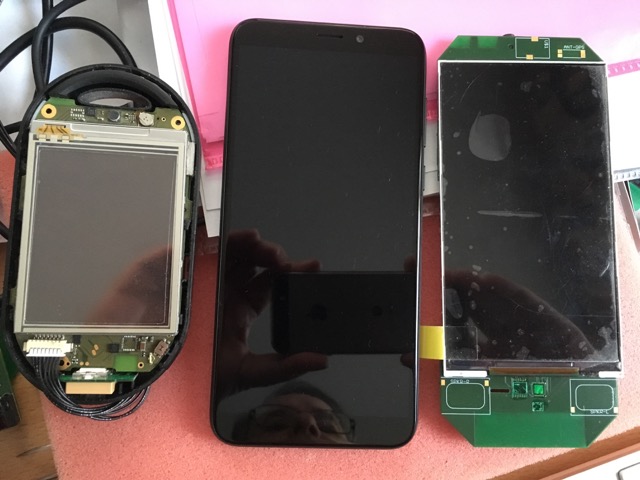trix
Very Active Member
- Joined
- Jan 11, 2010
- Messages
- 436
It's quite telling that in the two decades I've been using Linux as my primary OS, the biggest, most headache-inducing problems I've encountered have almost always been caused by software written or maintained by Poettering. I've never met the guy, but I seriously despise his software design principles.
While I've generally avoided PulseAudio on my PCs, my wish to be able to switch from bluetooth headset (for calls, headphone usage, etc) to built-in speakers, on the fly, on the Pyra, unfortunately makes PulseAudio too convenient to avoid.
I really wish I had taken deeper, higher-level programming classes when I attended university. I would very much enjoy making it my daily hobby to remake everything Poettering has done, but done better. And by "better" I mean, without his tendency to force his assumptions on use-cases into the software.
Don't get me wrong, the guy is a seriously skilled programmer. I have respect for what he has done. I simply disagree with his design principles (and what I've seen of his attitude) very strongly.
Back on topic - nice to see things are progressing well. I also like that the audio chip in the Pyra seems like it could be quite good. The audio quality in the Pandora was my favorite part of it, and while I'm not sure if the Pyra will reach quite that level, it's good to know it wont be far behind. @MWeston has his name forever recognized in my mind as the genius behind the Pandora's incredible audio capability.
While I've generally avoided PulseAudio on my PCs, my wish to be able to switch from bluetooth headset (for calls, headphone usage, etc) to built-in speakers, on the fly, on the Pyra, unfortunately makes PulseAudio too convenient to avoid.
I really wish I had taken deeper, higher-level programming classes when I attended university. I would very much enjoy making it my daily hobby to remake everything Poettering has done, but done better. And by "better" I mean, without his tendency to force his assumptions on use-cases into the software.
Don't get me wrong, the guy is a seriously skilled programmer. I have respect for what he has done. I simply disagree with his design principles (and what I've seen of his attitude) very strongly.
Post automatically merged:
Back on topic - nice to see things are progressing well. I also like that the audio chip in the Pyra seems like it could be quite good. The audio quality in the Pandora was my favorite part of it, and while I'm not sure if the Pyra will reach quite that level, it's good to know it wont be far behind. @MWeston has his name forever recognized in my mind as the genius behind the Pandora's incredible audio capability.
Last edited:



